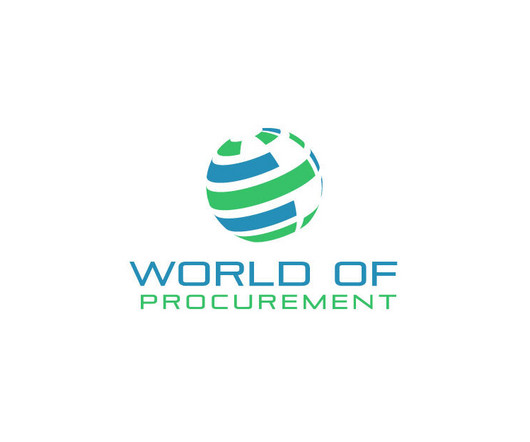Leveraging supply chain disruptions to accelerate digital transformation
Spend Matters
AUGUST 15, 2024
Relying on a single vendor poses significant risks, creating single points of failure and reducing leverage in pricing negotiations for IT contracts and software licenses. This dependency also fosters complacency among legacy tech vendors, hindering innovation and regular updates.












Let's personalize your content